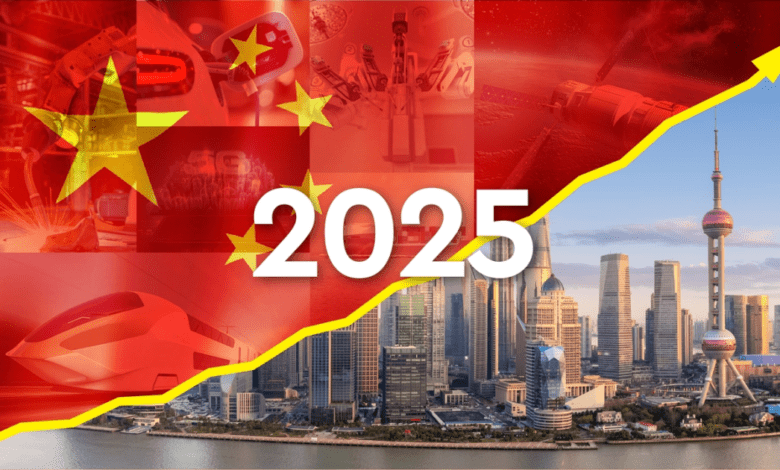In 2025 China will carry out a more advanced technological system
Cover all major industries in the manufacturing sector by 2025

Kabari99-China will implement an initial technology system covering all major industries
in the manufacturing sector by 2025, according to a guideline announced on Tuesday (29/8).
The guideline, which focuses on building and implementing technological innovation systems for the manufacturing sector,
was released by the Ministry of Industry and Information Technology (MIIT).
These guidelines are part of the country’s efforts to address technology issues and increase technology adoption.
Also read on:Best Turkish Baklava Recipes These Famous Desserts
By 2027,
An advanced manufacturing technology innovation system will be established,
which is expected to guide enterprises to set up advanced research and development (R&D)
and supply chain management systems, providing an important foundation for technological independence and manufacturing sector strength, according to MIIT.
In the next stage, China will further develop and implement manufacturing technology systems,
optimize the allocation of innovation resources, and cultivate new competitive advantages, MIIT said.
Also read on:Exes Bradley Cooper and Irina Shayk enjoyed hanging out
Competing China on Technology and Innovation
As an emerging tech giant, China has demonstrated it can be a leading innovator both globally and domestically.
The country is making gains in four broad categories of innovation,
including manufacturing,digital platforms and associated markets (spurred by new apps and small money based transactions)
the utilization of apps and other technologies designed “to solve societal problems”
(and reconfigure existing businesses in the process, such as bike share apps and unstaffed convenience stores)
and basic science R&D in fields such as computing and biotechnology.
It is useful to think about technological competition through a multidisciplinary lens.
Also read on:Hilala Al Hamdani The Abu Dhabi-based poet has passed away
From a diplomatic and security perspective, a key issue is how to define critical technologies, while in economic terms,
an important question is how to assess the nature of technology as a public good.
Technology does not simply bring benefits to certain companies or economies it can also have strong ripple effects.
Also read on:There Might Be an Internet Apocalypse In 2025?
In several product areas,
large Chinese private and state owned enterprises (SOEs) have preferential access to the country’s more than 1 billion
consumers provided they align their work with the policy goals of the Chinese Communist Party
which some analysts argue is creating a form of “digital Leninism.”
China has roughly 800 million internet users, nearly all of whom own smartphones.
In addition, the Chinese government actively supports innovation through targeted,
Also read on:The history of Madonna’s iconic cone bra explained
relaxed regulations widespread wireless internet services; and significant investments in basic research.
What’s more, China’s June 2017 cybersecurity law further tilts the technological playing field in favor of domestic firms,
since it requires all firms operating in the country to store data in mainland China and restricts data transfers.
Kabari99-Diwani-Dubai




